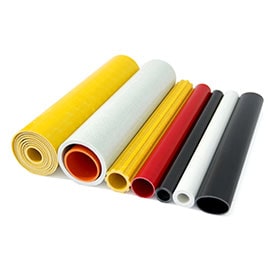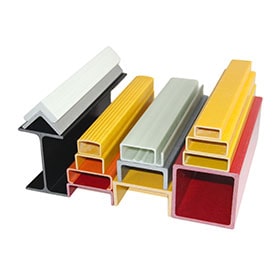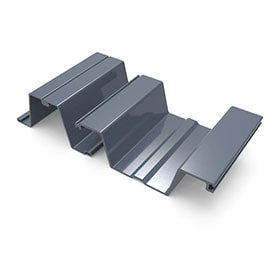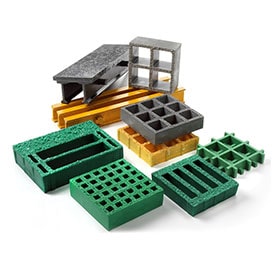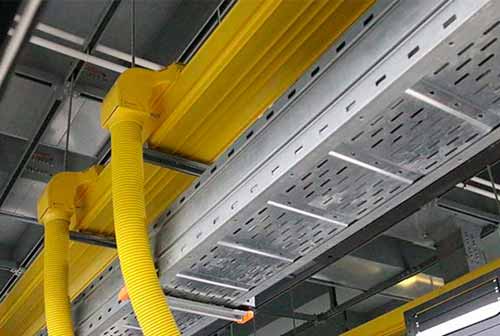
Fiber reinforced polymer (FRP) cable trays are a type of cable management system that is becoming increasingly popular. They offer a number of advantages over traditional steel cable trays, including corrosion resistance, lightweight construction, and fire resistance.
Advantages of FRP Cable Trays
Corrosion resistance: FRP cable trays are made of a composite material that is resistant to corrosion from a variety of chemicals and environmental factors. This makes them ideal for applications in harsh environments, such as marine and industrial settings.
Lightweight construction: FRP cable trays are significantly lighter than steel cable trays. This makes them easier to install and move, and it can also save money on shipping costs.
Fire resistance: FRP cable trays are fire resistant and can help to protect cables from fire damage. This is an important consideration for applications in public buildings and other areas where fire safety is a concern.
Disadvantages of FRP Cable Trays
Cost: FRP cable trays are generally more expensive than steel cable trays. However, the cost savings associated with installation and maintenance can offset the initial investment.
Strength: FRP cable trays are not as strong as steel cable trays. This means that they may not be suitable for applications where high loads are expected.
Comparison with Steel Cable Trays
The table below provides a comparison of FRP and steel cable trays:
| Feature | FRP | Steel |
| Material | Fiber reinforced polymer | Steel |
| Advantages | Corrosion resistance, lightweight construction, fire resistance | Strength, cost |
| Disadvantages | Cost, strength | Weight, corrosion |
Conclusion
FRP cable trays offer a number of advantages over traditional steel cable trays. They are corrosion resistant, lightweight, and fire resistant. However, they are also more expensive and not as strong as steel cable trays. The best type of cable tray for a particular application will depend on the specific requirements of that application.
Additional Considerations
In addition to the factors discussed above, there are a few other considerations that should be taken into account when choosing between FRP and steel cable trays. These include:
Application: FRP cable trays are typically used in applications where corrosion resistance, lightweight construction, or fire resistance are important considerations. Steel cable trays are typically used in applications where strength or cost are important considerations.
Environment: FRP cable trays are more resistant to harsh environments than steel cable trays.
Maintenance: FRP cable trays require less maintenance than steel cable trays.
By carefully considering the factors that are important for a particular application, engineers can select the best type of cable tray for the job.
 +86 15303735673
+86 15303735673 Jessica@frpzs.com
Jessica@frpzs.com
 Technical Data
Technical Data


